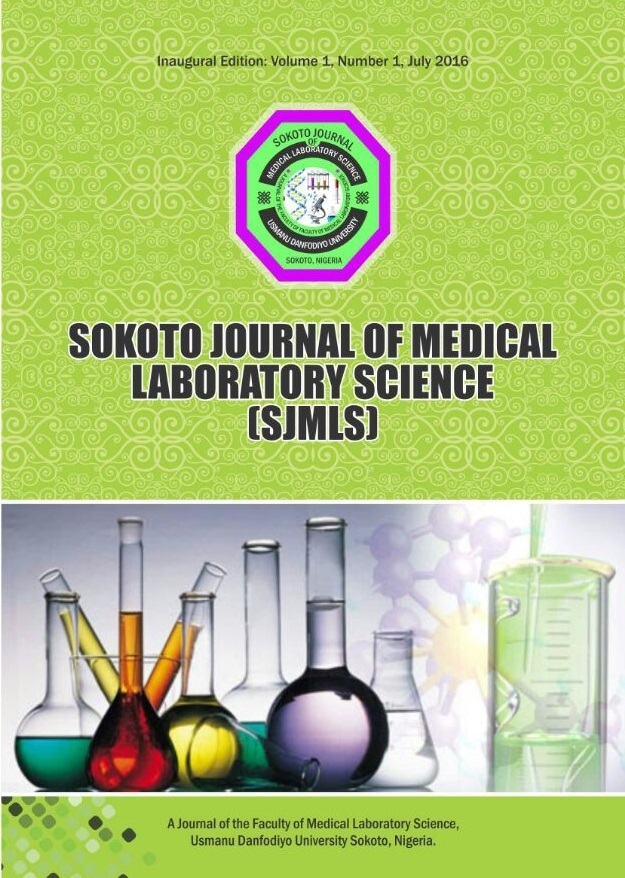Prevalence of Malaria-Related Anaemia among Secondary School Children in Egor Local Government Area
Keywords:
Prevalence, Malaria, Anaemia, School children, Egor Local Government.Abstract
Anaemia is a major public health problem in developing countries. Anaemia is one of the complications seen in malaria infection and a common cause of morbidity and mortality especially in developing countries. Children and young adolescents are among the major risk group for malaria. The aim of this study was to determine the prevalence of malaria-related anaemia among secondary school children in Egor local government area, Edo State Nigeria, as well as to assess the level of use of insecticide- treated bed nets and its impact on prevalence of malaria and anaemia among the study population. After ethical committee clearance and informed consent from parents and the relevant authorities, a total of two hundred and four (204) children were recruited for the study. One hundred and ten (110) were males and ninety-four (94) females. Blood samples were collected and examined for malaria parasite using Malaria Rapid Diagnostic Test (RDT) and confirmed with the microscopic examination of thick blood film. Haemoglobin concentration of all children was also determined using standard method. The data obtained using structured questionnaires were analyzed using Chi-square (X2) to compare the frequency data while odd ratio was calculated for potential risk factors. A total of 53 out of the 204 children that were tested were anaemic. The prevalence of anaemia among children was 26%. Age significantly affected the prevalence of anaemia. Gender and use of insecticide- treated bed nets (ITN) did not significantly affect the prevalence of anaemia in children. A total of 38(18.6%) out of the 204 examined were infected with malaria parasites. Age was a risk factor for infection with malaria parasite, with children aged 11 years having the highest prevalence of 36.8%, (p=0.014). A significantly higher number of malaria parasite positive cases was observed among male children (OR=2.115; 95%CI=1.000 - 4.471; p =0.044). Use of Insecticide treated bed nets (ITN) did not significantly affect the prevalence of malaria parasite infection in children. Use of insecticide- treated bed nets were recorded in 11(5.4%) of children. The prevalence of anaemia among malaria parasite infected children was 56.2%. Malaria was a risk factor for having anaemia in school children (OR= 3.166; 95% CI= 1.818 - 5.512; p <0.001). Presence of malaria parasites without the use of insecticide -treated nets significantly affected the prevalence of anaemia among school children (OR=2.720; 95% CI=1.764 – 4.194; p <0.001). Malaria and anaemia among children was high. Strengthening of malaria intervention programmes by the three tiers of government and other relevant agencies is strongly advocated.




